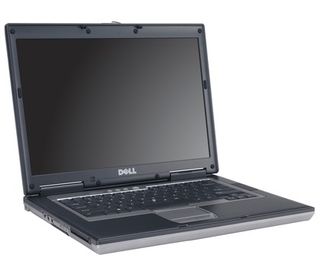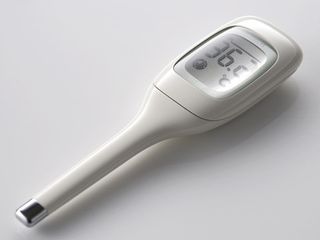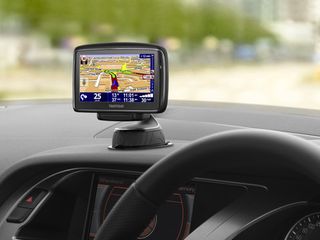6. The joystick
Next time you're enjoying a good waggle in front of your PC, spare a thought for the scientists at NASA who invented the joystick in the first place.

The joystick was originally invented for use on the Apollo Lunar Rover, helping astronauts to steer the moon buggy around the moon.
7. 3D graphics and virtual reality
NASA was also instrumental in the development of 3D graphics, virtual reality and flight simulators, chiefly because it needed a way to visualise space-based environments here on earth. The smooth landing on the moon achieved by astronauts onboard the Lunar Excursion Module (LEM) was largely the results of hours of practice using flight simulators.

8. Non-reflective displays
If you find high gloss displays on laptops and desktops a bit icky (thank you, Apple), at least you get hold of the alternative - monitors and TV screens with a non-reflective coating that enables you to see what's on screen without peering at your own mug.
Get daily insight, inspiration and deals in your inbox
Get the hottest deals available in your inbox plus news, reviews, opinion, analysis and more from the TechRadar team.

The coating was originally developed for use on displays on the Space Shuttle, to stop astronauts from suffering similar problems. We also have NASA to thank for scratch-proof sunglasses - the carbon coating used was originally developed for the visor's on astronaut's space helmets.
9. Ear thermometers
Anyone who's ever had to take a child's temperature will appreciate this space race spinoff. Ear thermometers use infra-red technology originally developed by NASA to measure the temperature of stars.

The idea was commercialised by US company Diatek which recognised the need for an alternative to mercury thermometers for taking quick, accurate temperature readings of hospital patients.
10. Satellite navigation
NASA can't take the credit for inventing the Global Positioning System (GPS), but it arguably had a big hand in the device that sits on your dash. NASA's Jet Propulsion Laboratory developed Global Differential GPS, which enables vehicles to be placed in three dimensional space with accuracy down to one metre.

The technology is used worldwide on commercial aircraft and also in unmanned aerial vehicles (UAVs) currently being used by the US military.
-------------------------------------------------------------------------------------------------------
Liked this? Then check out 10 green projects that just might save the world
Sign up for TechRadar's free Weird Week in Tech newsletter
Get the oddest tech stories of the week, plus the most popular news and reviews delivered straight to your inbox. Sign up at http://www.techradar.com/register
- 1
- 2
Current page: The joystick, sat nav, 3D graphics and more
Prev Page Satellite TV, smoke detectors and moreMost Popular
